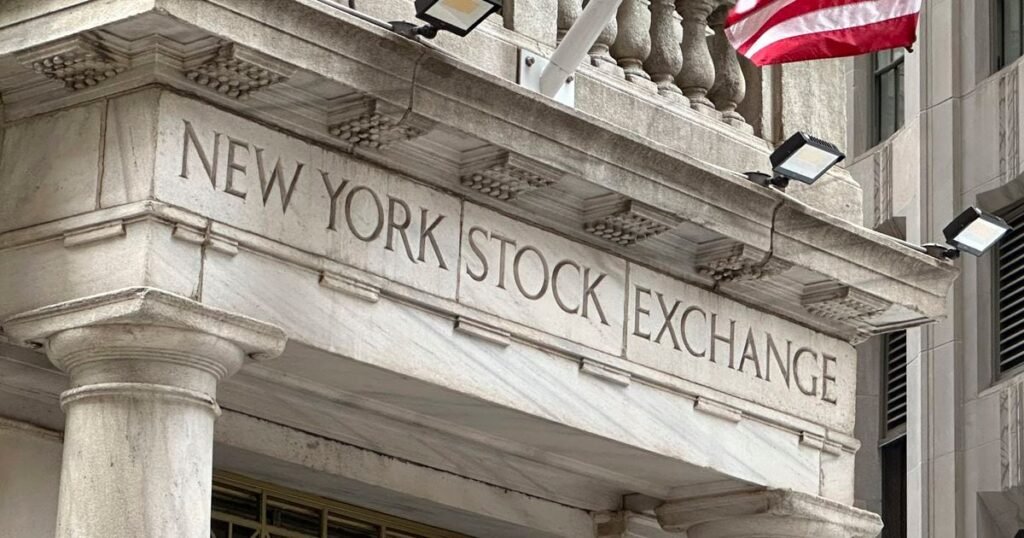Walgreens Boost Alliance Inc. plunged 24.7%, the biggest drop in the S&P 500 index, after the company reported weaker-than-expected earnings, cut its outlook and said it could close hundreds more stores over the next three years.
Jeans maker Levi Strauss & Co. saw its shares plummet 16.6% after it reported its latest quarterly sales and full-year profit outlook below analysts’ expectations.
Spice maker McCormick Inc. rose 5.8 percent, the market’s biggest gainer, after beating analysts’ profit estimates.
In the bond market, government bond yields fell. The yield on the 10-year Treasury note fell to 4.28% from 4.33% at Wednesday’s close. The yield on the two-year note fell to 4.70% from 4.75%.
The U.S. economy expanded at a 1.4% annualized pace in January-March, according to the government’s latest update, a slight revision from a previous estimate of 1.3%. That would be the slowest quarterly growth rate since the spring of 2022.
The report also confirms data from previous economic reports showing consumers feeling pressured by persistent inflation and high interest rates. The report found that consumer spending, which has driven economic growth, grew just 1.5% from an earlier forecast of 2%.
A slowdown in consumer spending could help ease inflation further, but too much of a slowdown could deal an even bigger blow to the economy. The Fed is trying to time its efforts to bring inflation back up to its 2% target without slowing the economy enough to tip it into a recession.
The stock market has been lackluster all week ahead of the next big inflation report on Friday, when the government releases the latest personal consumption expenditures (PCE) index, the Fed’s preferred inflation gauge.
In the report, economists expect inflation to ease modestly to 2.6% in May, following 2.7% in April, below the PCE peak of 7.1% in mid-2022. Other inflation measures, including the Consumer Price Index, have also eased significantly over the past two years.
The latest information on inflation could influence central banks’ decisions on when to start cutting interest rates, which are at their highest in more than two decades and have ripple effects around the world. Wall Street expects central banks to start cutting interest rates when they meet in September.

